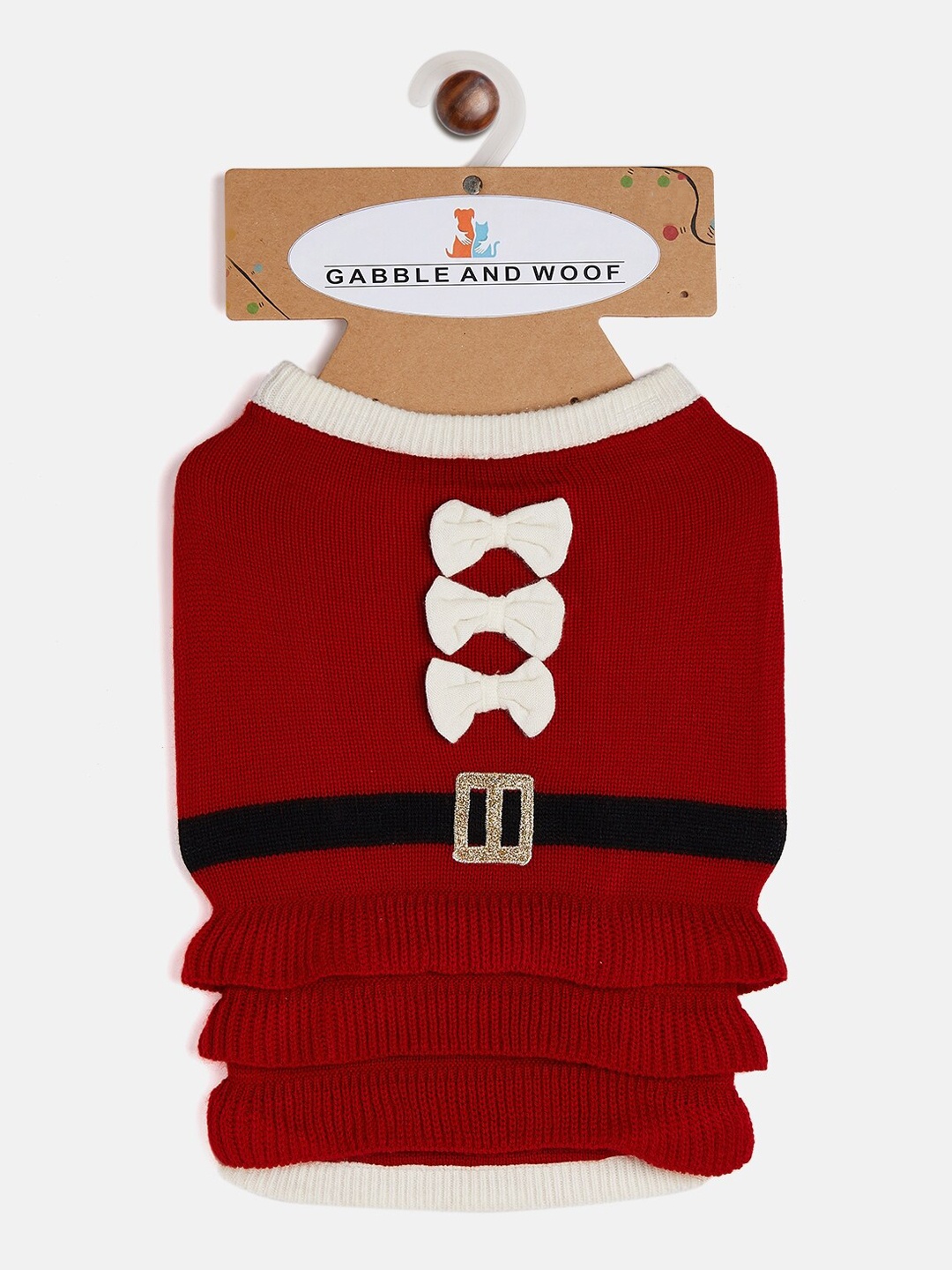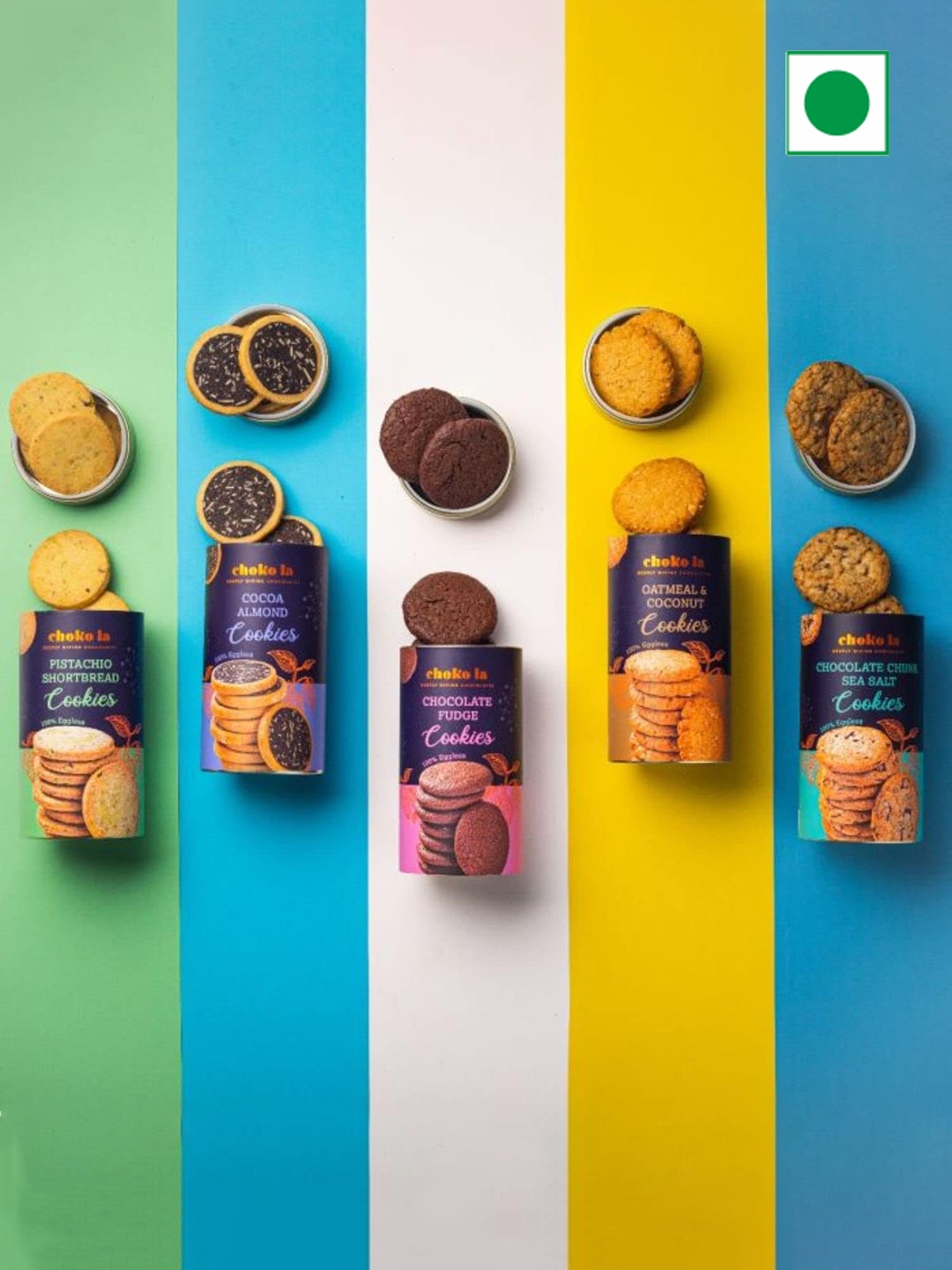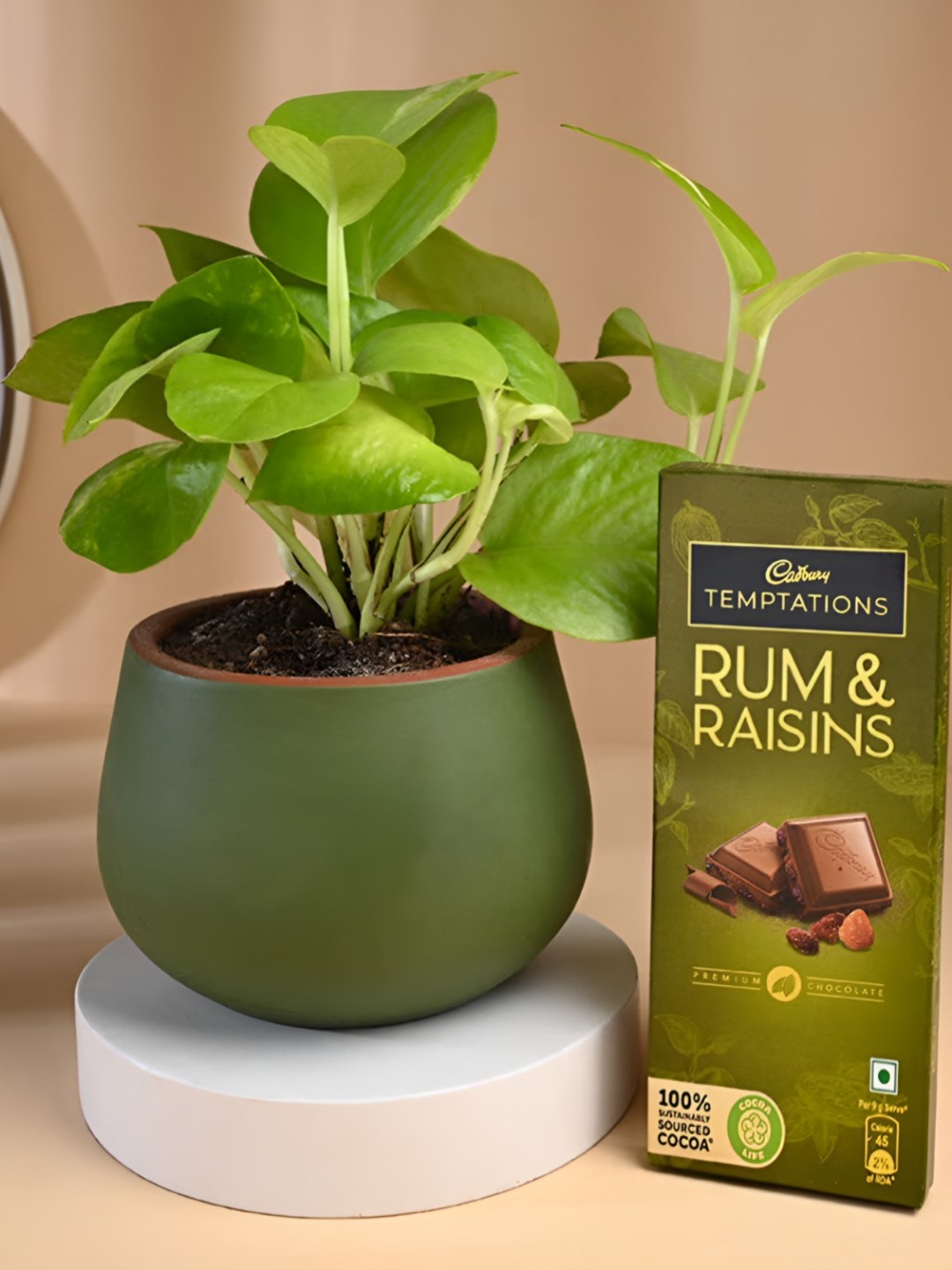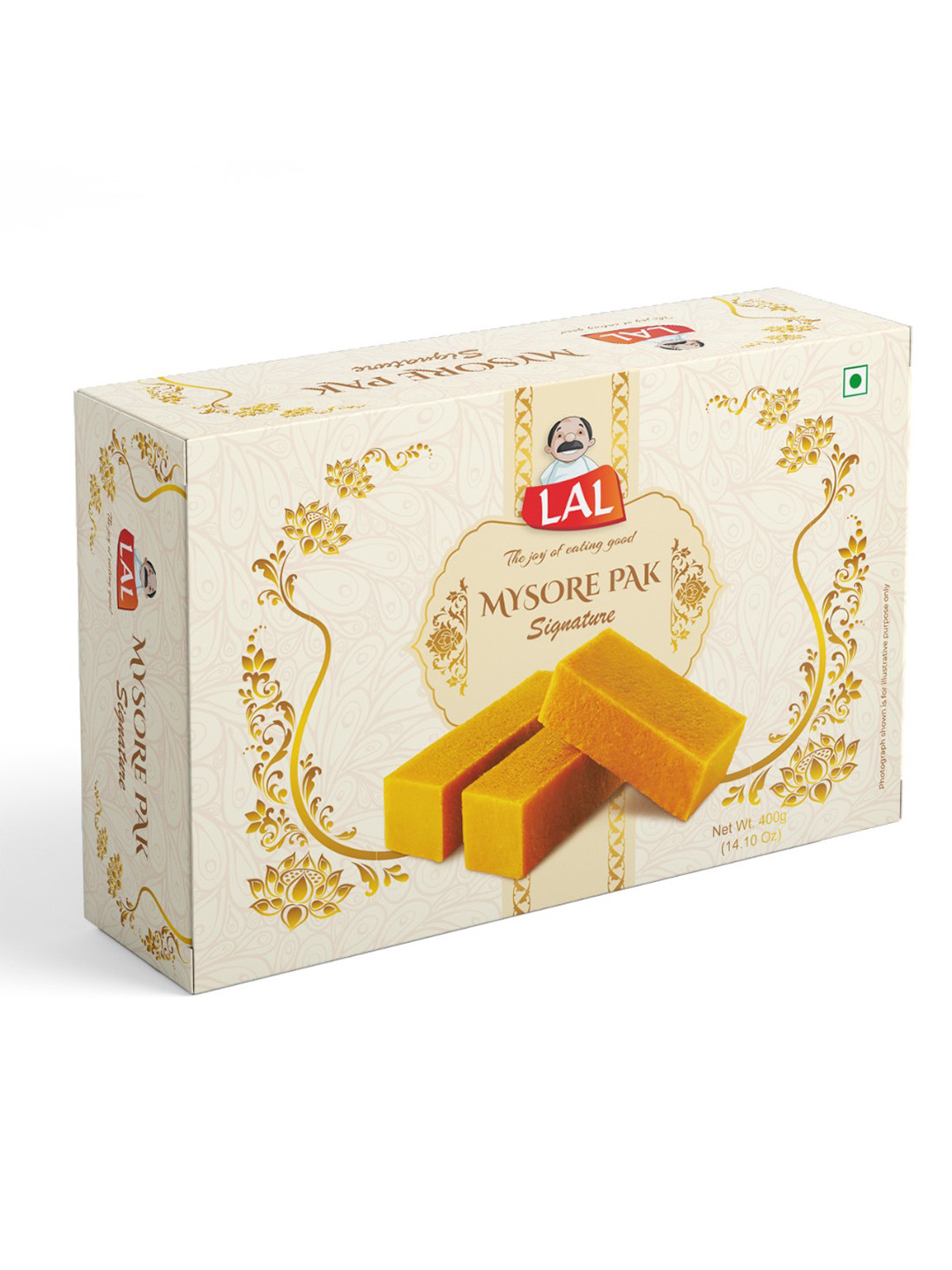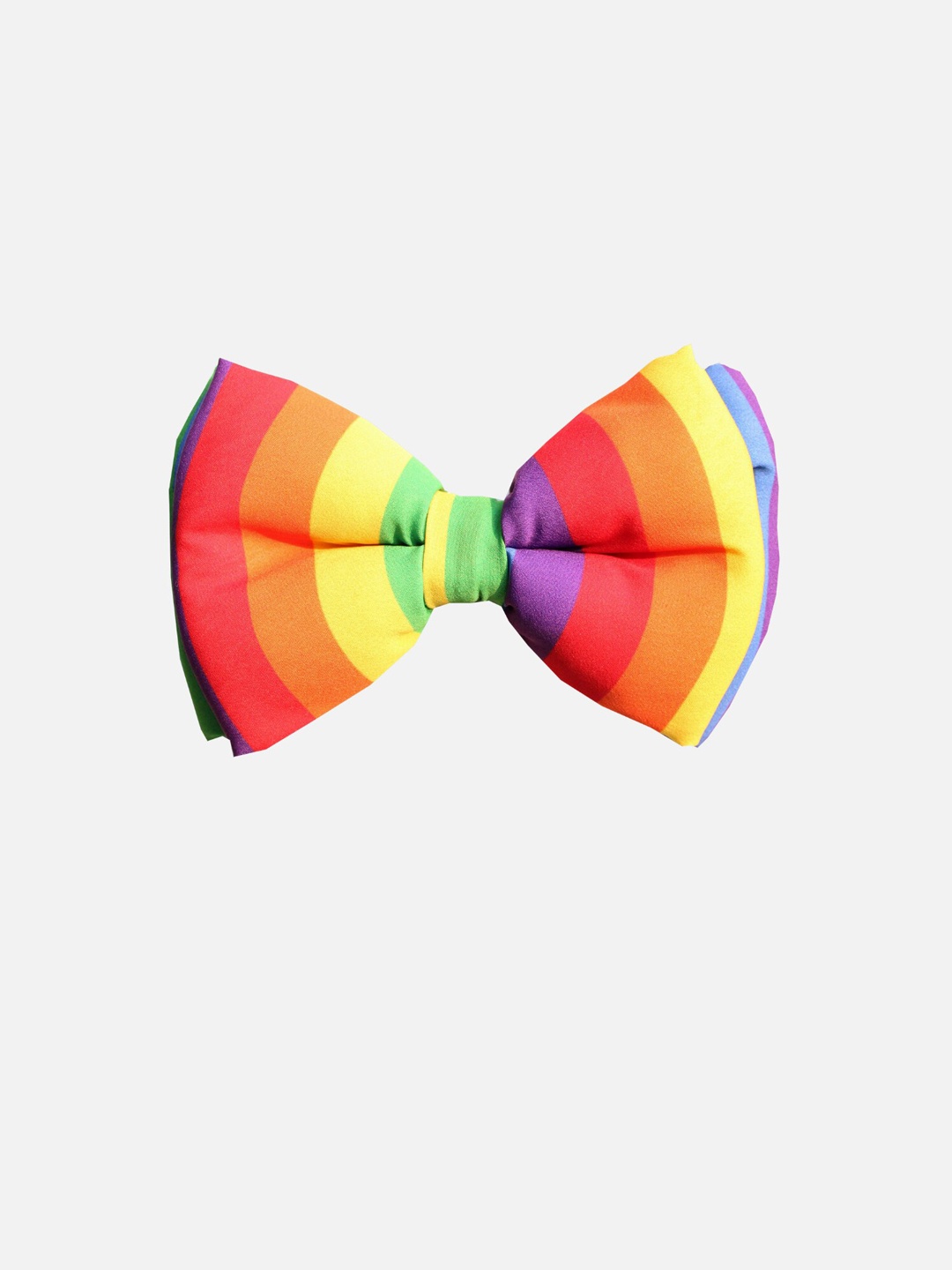Slowing Down Dinner: The Truth About Slow Feeding Bowls For Dogs
Are slow feeding bowls really good for dogs? Discover vet-backed insights on their benefits, risks, and impact on digestion, bloating, and behaviour. A must-read guide for pet parents.

From speedy gulps to mindful bites, slow feeding bowls can help slow down the process
Walk into any modern pet store, and you will notice shelves lined with more than just stainless steel food bowls. There are brightly coloured contraptions carved with ridges, spirals, and mazes, all promising to do one thing: slow down your dog's eating. These so-called slow feeding bowls have quickly risen in popularity, but for pet parents, the question remains: are they good for dogs, or just another fad in the pet accessory world?

Slow feeders can turn mealtime into enrichment for both pet and pet parents
Photo Credit: Pexels
The Problem Of Fast Eating
Dogs, unlike us, rarely savour a meal. For many, the instinct to wolf down food is hard-wired. Their ancestors had to eat quickly to secure sustenance before others in the pack did. Today's domesticated dogs may live in comfortable homes, but their behaviour hardwired.
Also Read: 7 Best Vacuum Cleaners Under ₹15,000 That Don't Give Up On Pet Hair Or Dust Bunnies
Veterinary experts say that rapid eating can be more than just messy. According to the Journal of the American Veterinary Medical Association, when dogs gulp food, they swallow large amounts of air, which can lead to bloating, gastrointestinal discomfort, vomiting, or even a dangerous condition called gastric dilatation-volvulus (GDV) a life-threatening twisting of the stomach. While GDV is more common in deep-chested breeds such as Great Danes, Boxers, and German Shepherds, any dog that eats too fast can experience milder but still uncomfortable digestive issues.
What Are Slow Feeding Bowls?
Slow feeding bowls are designed with raised patterns inside, spirals, mazes, or ridges, which force dogs to manoeuvre around obstacles to reach their kibble. This simple design change can extend mealtimes from mere seconds to several minutes.
These bowls come in a variety of materials: plastic, silicone, stainless steel, and even eco-friendly bamboo fibre composites. Some are tailored for large breeds, others for smaller dogs, and some have suction bases to stop energetic eaters from flipping them over.
For puppies, who often eat with unbridled enthusiasm, slow feeders can be particularly useful in teaching patience and preventing overconsumption.
Do They Work?

Spiral design slow feeder making mealtime last longer for a playful dogs
Research into canine feeding behaviours is limited compared to human dietary studies, but the anecdotal evidence is strong. Many dog owners report noticeable improvements once they introduce slow feeding bowls.
A study published in 2022 in Animals, an international open-access veterinary journal, observed that dogs using puzzle feeders or slow feeding bowls consumed food at a slower rate and showed fewer signs of stress and agitation during mealtimes. While the study was small in scope, it supported what behaviourists and vets have long believed: prolonging mealtimes can encourage healthier eating habits and provide a form of enrichment.
The Benefits For Pet Parents
For owners, the appeal goes beyond the obvious health benefits. Watching a dog engaged in problem-solving during a meal can be rewarding. It transforms what is otherwise a mundane routine into a bonding opportunity.
Moreover, slow feeding bowls can help with weight management. Dogs who take longer to eat often feel fuller faster, reducing the likelihood of overeating. For households with multiple dogs, they can also prevent food aggression by levelling the playing field between fast and slow eaters.
Are There Downsides?
Despite their advantages, slow feeders are not without caveats. Poorly designed bowls, often cheap plastic versions, can be difficult to clean and may harbour bacteria. Dogs with short snouts, such as Pugs or Bulldogs, may struggle with deeper or more complex designs. For them, a shallow, gently ridged slow feeder is more suitable.
There is also the matter of frustration. Some dogs may find the challenge enriching; others may become stressed if the design is too complicated.
And while slow feeders can reduce risks associated with fast eating, they are not a cure-all. Dogs prone to severe gastrointestinal issues should always be monitored, and in cases of suspected bloating or GDV, immediate veterinary care is essential.
Choosing The Right Slow Feeding Bowl

Consider your dog's size, snout shape, and eating style before picking a right slow feeder bowl
Photo Credit: Pexels
Pet parents considering the switch should keep a few factors in mind:
- Size of Dog: Larger breeds need sturdier bowls with wider patterns, while small breeds require shallow designs.
- Material: Stainless steel and BPA-free plastics are safest. Avoid bowls that scratch easily, as bacteria can build up.
- Ease of Cleaning: Dishwasher-safe bowls make hygiene less of a chore.
- Snout Shape: Flat-faced dogs need simpler layouts to avoid frustration.
It may take some trial and error to find the perfect fit, but the payoff can be substantial.
A Growing Trend In Canine Care
The rise of slow feeding bowls mirrors a broader cultural shift: we are increasingly viewing dogs not just as pets, but as family members whose health and happiness warrant the same attention we give to our own.
Just as we seek mindful eating habits for ourselves, many owners are now applying similar principles to their dogs. Pet brands have caught on, marketing slow feeders not just as functional items, but as lifestyle products. Some are even designed to blend seamlessly with modern kitchen decor, proof that style and function can go paw in paw.
Conclusion
So, are slow feeding bowls good for dogs? The evidence, though still emerging, suggests a resounding yes, with a few thoughtful caveats. They can reduce the risks associated with fast eating, provide mental stimulation, support weight management, and make mealtimes more engaging for both pet and owner.
The key lies in choosing the right bowl for your dog's size, breed, and temperament online. For some, it will be a minor adjustment; for others, a transformative change.
At the heart of it, slow feeding bowls remind us of something bigger: that even in the small daily rituals of feeding our dogs, there is an opportunity to nurture, enrich, and connect. And for any pet parent who has watched their dog contentedly navigate a spiral of kibble, tail wagging with every bite, the magic of a slow feeder speaks for itself.
Products Related To This Article
1. PETBABAS Durable Slow Feeder Bowl For Dog
2. Eha Earth-Friendly Slow Feeder For Dogs
3. PetVogue Polypropylene Dog Slow Feeder Bowl
4. Upsky Slow Feeder Dog Bowl Fun Feeder
5. Xfopz Slow Feeder Dog Bowls Insert
6. Lesipee Licking Mat For Dogs And Cats 2 Pack
7. Foodie Puppies Acrylonitrile Butadiene Styrene Pet Puzzle Toy
8. Outward Hound Fun Feeder Dog Bowl Slow Feeder
Frequently Asked Questions (FAQs)
1. Do slow feeding bowls help dogs eat more slowly?
Yes. Studies and veterinary evidence confirm that slow feeding bowls reduce the speed of consumption, helping dogs digest food better and preventing them from gulping air.
2. Can slow feeding bowls prevent bloating in dogs?
They can lower the risks associated with fast eating, such as bloating and discomfort. However, while slowing down eating is helpful, slow feeders are not a guaranteed prevention for gastric dilatation-volvulus (GDV).
3. Are slow feeding bowls safe for all breeds?
Most dogs benefit, but flat-faced breeds like Pugs and Bulldogs may struggle with deep or complex designs. Shallow, wide-ridged bowls are safer for them.
4. Do slow feeders help with dog weight management?
Yes. By extending mealtimes, dogs often feel fuller sooner, reducing overeating and supporting healthier weight management.
5. How do I choose the best slow feeding bowl for my dog?
Consider your dog's size, snout shape, and eating style. Opt for dishwasher-safe materials like stainless steel or BPA-free plastic to ensure hygiene and safety.








